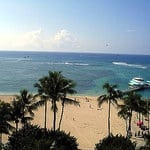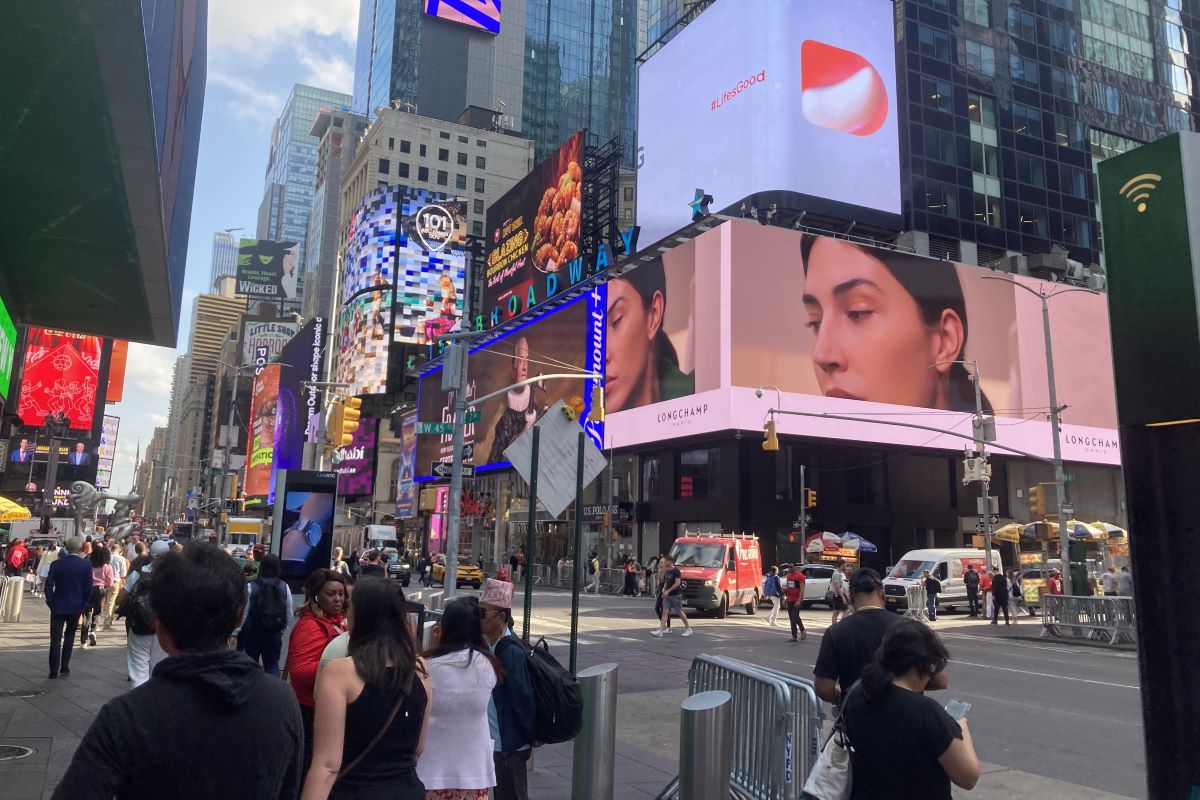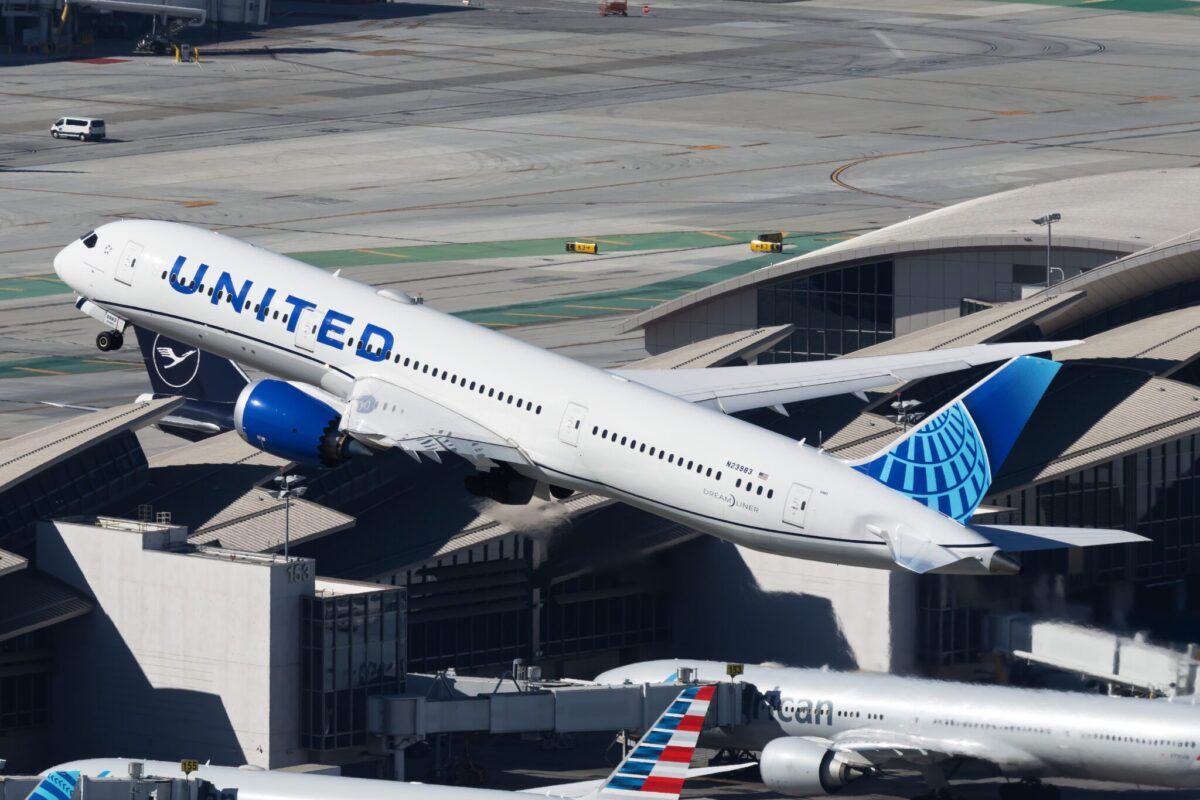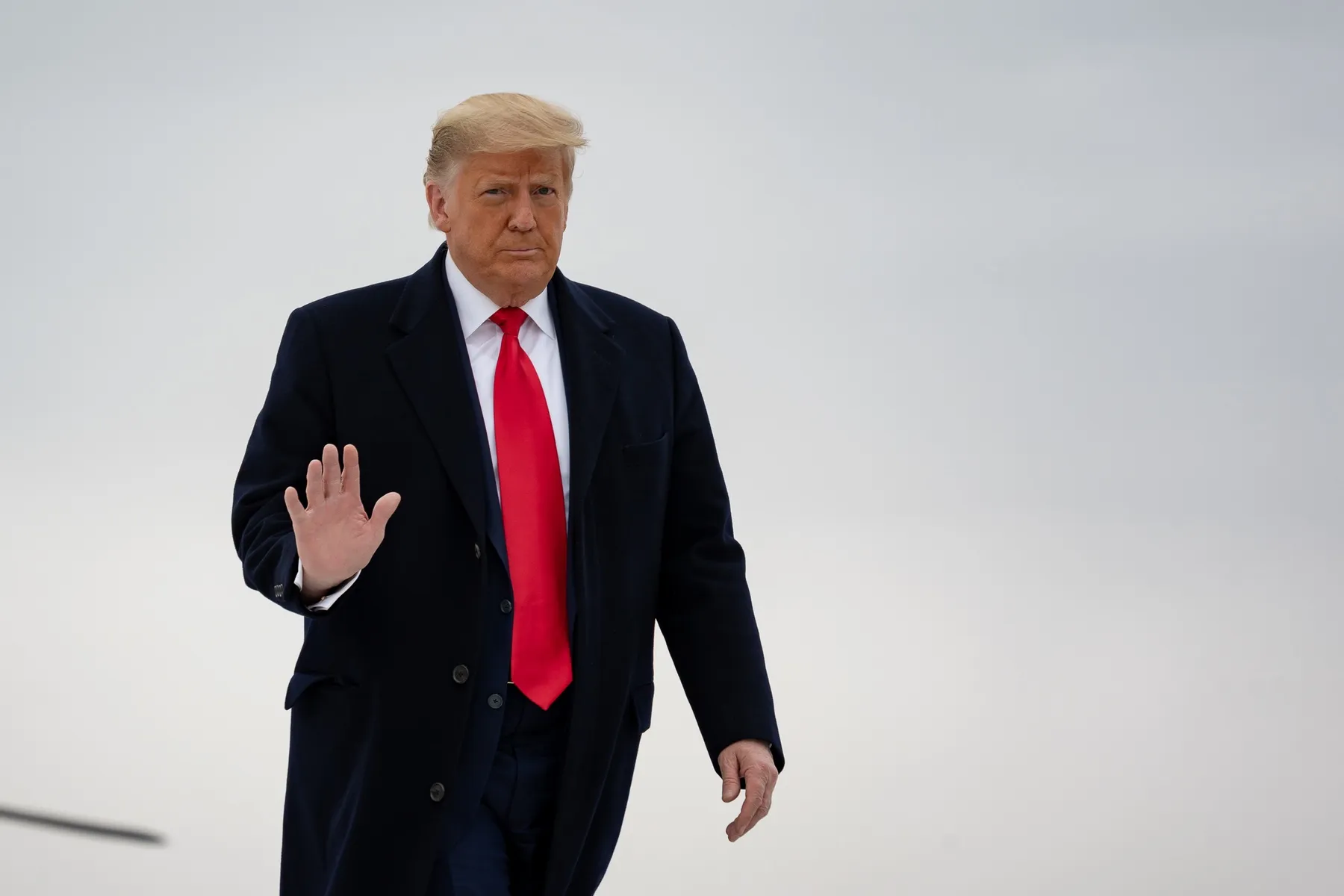Hawaii is optimistic as it projects tourism momentum will turn a good 2012 into a better 2013

Skift Take
The momentum seen in Hawaii's visitor industry, which is on track to set new arrivals and spending records this year, is expected to continue for the next few years.
"We are taking the momentum of 2012 towards 2013," David Uchiyama, vice president of brand management for the Hawaii Tourism Authority, told members of Hawaii's visitor industry and interested parties Thursday at the 2012 Hawaii Tourism Authority Conference.
About 600 attendees turned out for the start of the two-day conference, which continues today. The conference was designed to favorably present HTA programs and focus on building collaboration within the state's leading industry.
HTA has projected arrivals this year will grow to 7.8 million and that spending could reach nearly $14 billion, Uchiyama said. The trend is positive looking all the way out to 2016, when price increases could begin to hit the consumer threshold and a soft backlog of group businesses raises concern about Hawaii's base of business, he said.
"We need to start looking forward, we need to start planning. Some years ahead of us are not looking so good," Uchiyama said. "I'm asking continued collaboration in building (the base of business) for 2016 to 2018. We need to start planning now to avoid us having to go on a fire sale."
While Uchiyama warned of tougher times to come, overall conference speakers spoke positively about the future of tourism. Next year still looks real strong, they said.
The HTA expects all of Hawaii's major markets to post visitor gains in 2013 bringing total arrivals to 8.16 million visitors, Uchiyama said. The 3.5 percent gain in arrivals and in total airline seats is expected to boost visitor expenditures to $14.8 billion by the end of next year, he said. The 6.9 percent gain would pump about $1 billion more into the state's economy than in 2012, Uchiyama said.
"That's a tremendous impact when you consider that for every $1 million in direct visitor spending, 12 jobs are supported," he said.
The outlook for airline seats in 2013 also is strong, Uchiyama said. Total seats next year are expected to increase by 3.5 percent adding 277,305 seats to the market, he said. All markets are expected to post seat gains, and spending and arrivals growth will continue, Uchiyama said.
Brad DiFiore, managing partner of Ailevon Air Service Consulting, said that while the global airline industry is volatile, there are positive developments in Hawaii. The state's legacy carriers -- American, Delta, United and US Airways -- are largely stable, DiFiore said. Alaska and Allegiant are new growth players, and Hawaiian Airlines continues to increase its commitment to the destination, he said. Also, more low-cost carriers could enter the Hawaii market, DiFiore said.
There are indications that Southwest is planning on flying to the isles, he said. Southwest's new 737-800s are qualified; however, DiFiore said that the carrier has recently slowed its expansion and still needs to work with its unions.
While Virgin America and JetBlue are not capable of serving Hawaii now, DiFiore said that new variants could create opportunities
As for now, Hawaii is getting plenty of traffic. An expected increase of 5.7 percent air seats to Hawaii's U.S. West Coast markets in 2013 will contribute to gains, Uchiyama said. Hawaii's U.S. West visitor market, the state's largest, is expected to grow by 2.1 percent to 3.18 million arrivals in 2013, he said. Spending by U.S. West visitors in 2013 could grow by 5.6 percent to $4.7 billion.
While uncertainty about oil prices and continued unemployment will affect tourism from the U.S. East, the HTA has forecast visitor arrivals from the second-largest market to Hawaii would grow by 1.7 percent in 2013 to 1.75 million visitors, and spending could grow by 5 percent to nearly $3.5 billion. Uchiyama said new additions from United and Hawaiian Airlines would contribute to the increases. A weakened dollar also may encourage some of these visitors to shy away from foreign destinations and visit Hawaii, he said.
"Their dollars will go further, and they'll still experience an exotic destination," Uchiyama said.
Declining unemployment, favorable exchange rates and a strong housing market in Canada will help the market grow in 2013, he said. Arrivals are forecast to rise by 1.5 percent to 508,810, and spending to increase by 3 percent to $1.05 billion.
"There are a lot of opportunities. People even are crossing the border and getting on flights from Washington, Bellingham," Uchiyama said.
Hawaii's top international market, Japan, is predicted to grow in 2013 because of pent-up demand, a favorable exchange rate and more social acceptance of vacations, he said. While fuel surcharges are expected to remain high, the HTA is projecting visitor arrivals will grow by 3.8 percent to 1.4 million in 2013 and that spending will rise by 6.4 percent to $2.6 billion, he said.
"We're starting to see low-cost carriers enter the market and new origination points," Uchiyama said.
The entry of low-cost carriers, JetStar, Air Asia and Skymark, into Japan could create an opportunity for additional flights into Hawaii, DiFiore said.
Continued strength in the South Korean economy will boost growth from this market in 2013, Uchiyama said. HTA is expecting visitor arrivals will rise by 20.3 percent to 175,722 travelers and that spending will increase by 23 percent to $335 million.
"We're very bullish on this market," Uchiyama said.
Improved visa processing, continued economic growth and strong demand from China are forecast to boost arrivals by 41.9 percent to 162,027 visitors next year and bolster spending by 44.8 percent to $440 million, he said. Added seasonal charter flights are expected to drive increased traffic, Uchiyama said.
"We are looking at additional frequency at the end of the year with China Eastern and more charters for the Chinese New Year," he said. "I'm predicting that we could see (a carrier) out of Beijing in scheduled charter or direct service next year."
Strong currency and continued economic growth in Oceania and new air service are expected to help 2013 arrivals rise by 6.3 percent to 281,487 and spending by 7.9 percent to $648 million, Uchiyama said.
"We're seeing additional seat inventory from new origination points," he said. "This is an ideal market, and our projections might be a little conservative."
HTA expects demand and bookings from Europe will continue to grow in 2013, Uchiyama said. Better flight connections and new routes will bolster traffic in 2013, he said. Arrivals are forecast to grow by 2.9 percent to 133,536, and spending by 4.5 percent to $286.5 million.
"Even with everything going on in Europe with the economy, our team is starting to make some headway," Uchiyama said.
The outlook for Hawaii's niche cruise industry, which contracted sharply after NCL America removed two home-ported ships from its lineup, shows promise, said Greg Wirtz, president of the North West & Canada Cruise Association,which represents major cruise lines in Hawaii and elsewhere.
"The existing operators are growing, and new operators are coming to Hawaii," Wirtz said. "Princess is growing in Hawaii, and Disney is coming into the market for the first time."
The struggles in Mexico have created new opportunities for Hawaii, too, he said.
"I think you'll see modest growth in the foreign-flagged operators," Wirtz said.
Hawaii's hotel industry also is well positioned among competitive destinations, said Jan Freitag, senior vice president of Global Development for Smith Travel Research.
"Life is good," Freitag said. "No new supply and increased demand has led to higher occupancy and purchasing power."
Luxury resorts in Waikiki and Hawaii have higher occupancy and average daily rates than the Caribbean and Mexico, he said.
By July of this year, Oahu had added $28 per night to its average daily rate from the prior trough, Freitag said.
"That's $3 above the 2007 peak," he said.
However, Joe Toy, president and CEO of Hospitality Advisors LLC, cautioned that hoteliers have experienced greater acceleration in costs.
"Utilities have gone up by about 50 percent, and room expenses, including labor, have gone up by about 20 percent," Toy said.
(c)2012 The Honolulu Star-Advertiser. Distributed by MCT Information Services. ![]()





